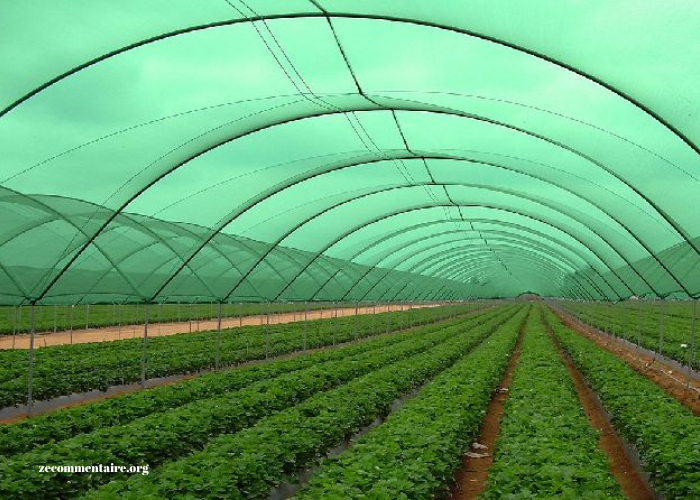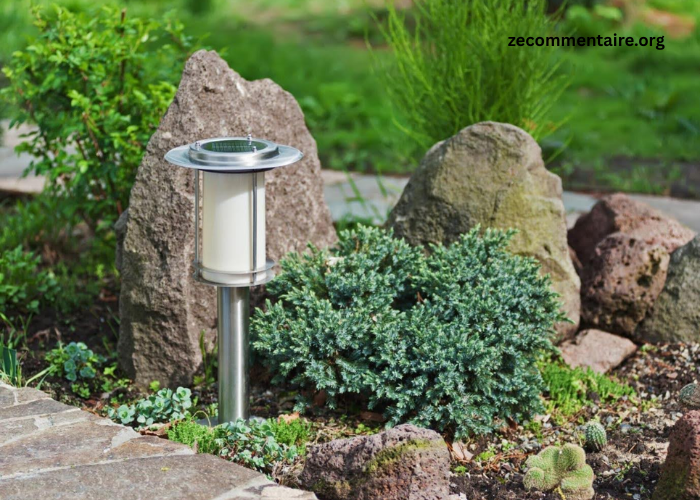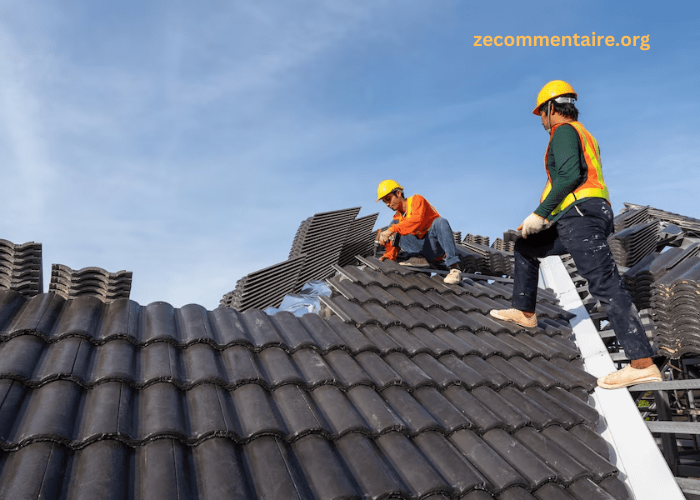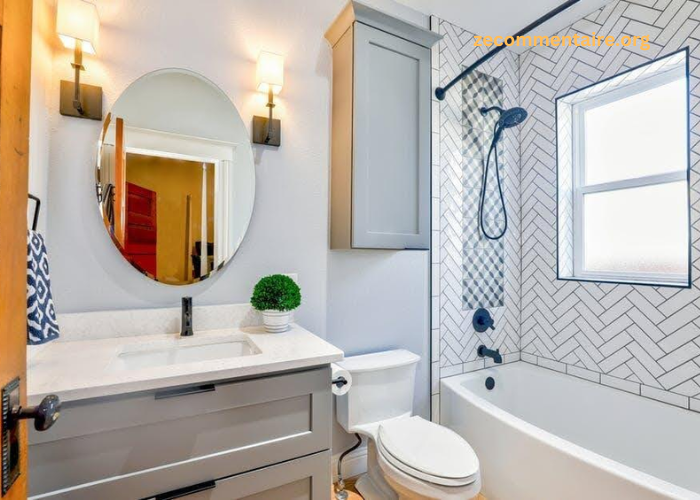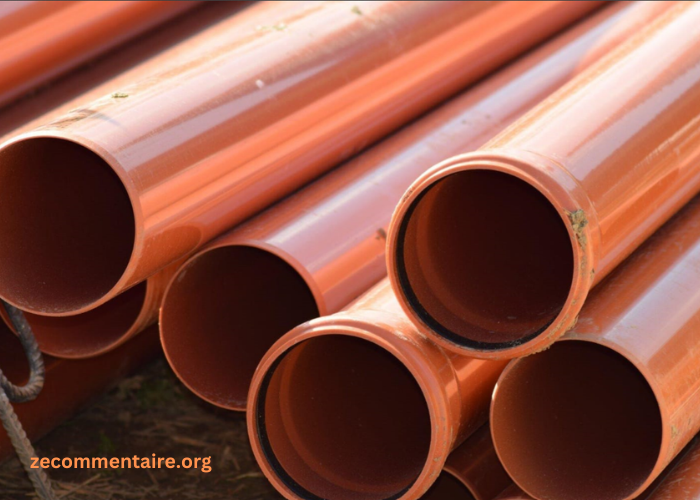Nursery Shade Net helps to protect plants from the scorching sun. They are available in different colours and have a specific density that influences their physiological impact on the plant. While sunlight is essential for photosynthesis, excessive sunlight can cause stress to plants and hinder optimum growth. Shade nets offer a balanced light environment, reducing stress and increasing crop yields.
Protection From UV Rays
Agro shade nets protect crops from UV rays and other natural elements. While they have an upfront cost, they offer a number of benefits that lead to higher crop yields and lower chemical use. The best agro shade net houses are made from quality materials that can withstand the test of time and extreme weather conditions. They also ensure that the plants are healthy and protected from pests.
There are many types of shade cloth available in the market, including green, white, and black. The most common is the green shade cloth, which absorbs and diffuses sunlight to provide a light that is suitable for vegetables. The white and black nets reflect sunlight, which reduces the temperature underneath the netting and keeps the plants cool. All of these shade nets are water permeable, which allows rainwater and irrigation systems to keep the plants hydrated. Moreover, they can also help prevent soil erosion. This makes them ideal for agro-based industries and greenhouses.
Cooling
Nursery Shade Net can protect crops from the sun’s harsh UV radiation. The woven polyethylene fabric cuts out the direct sunlight and provides a cooler environment for the plants inside. They also reduce evaporation and maintain soil moisture levels, resulting in improved plant health and higher growth rates. The density of the nets determines their effectiveness. Shade cloths with a higher density offer more shade and can lower temperatures by up to 40%. The color of the shade cloth also influences its effectiveness. Green shade nets cut summer sunlight by up to 50% and allow cool air to circulate around the plants.
Shade netting is an ideal solution for many different crops. It can help protect plants from pests and diseases, prevent frost damage in winter, and keep your garden away from construction buildings and other sources of pollution. It can even help you save money on energy bills by reducing your greenhouse’s heating and cooling needs.
Protection From Pests
Shade nets offer protection against pests, including birds, insects, rodents, and other critters. These pests can cause damage to crops and seedlings, resulting in poor propagation. Shade nets also prevent pollen contamination, ensuring that plants are pure and healthy.
They help reduce reliance on chemical fertilizers and improve crop yields. They also protect young seedlings from environmental elements such as wind and rain. They are especially useful in the propagation of vegetables, herbs, and flowers. They are also used in nurseries to create favorable conditions for seedling growth. They can also block insect infestation, such as caterpillars and leaf miners. In addition, they can provide protection from damaging hail and heavy rains. Shade nets can be purchased from a number of reputable manufacturers, such as: QiBang Netting.
It is essential to choose a supplier that provides high-quality products at affordable prices. Understanding import regulations and managing logistics are important aspects of importing shade nets. In addition, it is crucial to find a reliable supplier with the appropriate certifications and accreditations.
Higher Growth Rate
Shade Nets create a healthy and stable environment for seedlings, providing an optimal growing area. They reduce heat intensity during summer and provide adequate warmth during cooler seasons. This temperature control improves plant quality and boosts the growth rate of crops. It also makes them more resistant to diseases and pests. Depending on the color of the shade net, it screens different portions of the light spectrum and transforms incoming sunlight radiation by absorbing, transmitting, or reflecting targeted bands. This allows plants to use the available light energy more efficiently.
The choice of the right shade net percentage depends on a number of factors, including the climate conditions and growth stage of your crop. While both Sunshade Net farming and Poly House Farming offer distinct advantages, it’s important to choose the method that best aligns with your crop dreams. Consult with experts or professional suppliers for advice. Then, you’ll be able to take the steps necessary to achieve your goals with QiBang Netting.
Conclusion
Nursery Shade Net is an impeccable component for cultivating nutrient-rich seedlings in your green garden. It protects young plants from too much sunlight that can cause wilting, scorching or stunted growth. The right density of shade netting for the nursery depends on your crops’ sun light requirements. Reputable net manufacturers offer various shade percentage options to cater for different farming needs.

